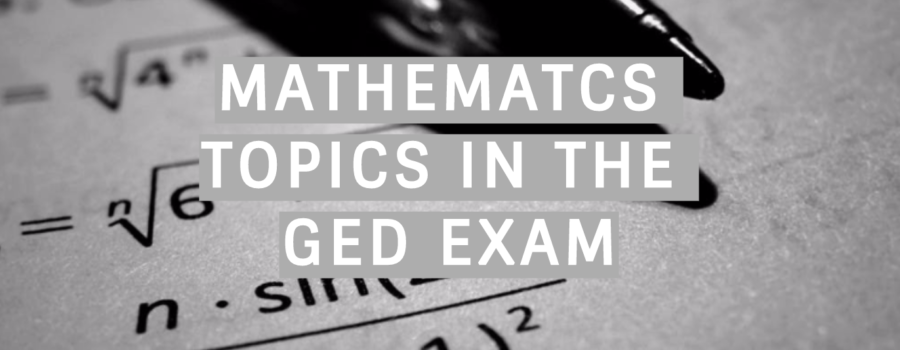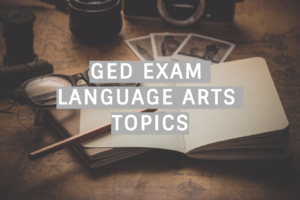GED offers topics in mathematics that begin from basic to complex mathematics calculations. It provides a good progression of topics which introduces a student to the different levels of mathematical operations. Among the most notable topics include fractions, ratios and proportions, percent, measurement, data analysis, statistics, probability, and basic geometry.
FRACTIONS
The topic of fractions covers a wide range of different forms of fractions including complete and incomplete fractions. It offers solutions on how you can change fractions from one form to the other. It also entails the comparison and rounding off of fractions depending on the calculations in question.
Moreover, it also includes the various calculations that you can use while operating with fractions. These include a review of how you can add, subtract, divide or even multiply fractions. In this topic, you can also be able to learn how to write small numbers in scientific notations and this makes it much simpler to work with.
RATIOS AND PROPORTIONS
Another topic of prime importance is the one that deals with ratios and proportions. This topic helps you to be able learn how to write and simplify ratios. This is a new area which provides insights on measurements and their simplifications. It provides methods of solving problems related to ratios in a two-step manner. It’s important to learn how you can solve ratio problems associated with a missing element in a proportion. You are able to practice how to solve proportion word problems. This provides a solid foundation in solving mathematical problems related to ratios and proportions.
PERCENT
There is also a topic that deals with percent and you can learn how to interchange decimals, fractions and percent. This is a continuation of the topic on decimals but more integrated. It includes the percent aspect which offers a good review of the most common decimals, fractions and percent. Three basic types of percent problems and their solutions are introduced in this topic. Comparisons between these problems are well covered including their similarities.
There is also an integration of the proportion aspect with the percent problems which offers a wider understanding of the topic in question. Percent word problems are also included in this topic which provides different exercises related to the problems. Another inclusion worth noting is the unit dealing with rate of change problems. This unit provides ways and means of solving rate of change problems and a good review of the concept of simple interest.
MEASUREMENT
Different aspects of measurements are tackled mathematics. This involves a complete review of the customary units of weight, length, and measurement of liquids. There is also a review of metric units associated with weight, liquid measure, and length. Here, you learn how to convert units of measurements into different forms.
You can learn how to convert weight, length and liquid measure into other forms in solving mathematical problems. This topic provides various formulas that you can use in such conversions. Furthermore, the learner is also able to learn how to read gauges, scales, and meters which are useful tools for measurements.
DATA Breakdown
Another important area of GED mathematics is data analysis, probability, and statistics. This topic is good in providing basic skills of reading and interpreting line graphs, bar graphs, circle graphs, and the usage of tables in statistical data.
The concept of probability is also introduced here, where different calculations are provided to help you understand the term probability and dependent probability. This is done using conventional formulas that are sufficiently provided. Basic terms used in the statistical analysis are also introduced here where you are able to learn how to apply them in any given exercise.
GEOMETRY
There is also the topic on basic geometry where the fundamentals of plane geometry are explained. Here, you’ll be able to learn the different types of angles used in geometry and how to identify and recognize their relationships. It provides exercises that help you to calculate circumference and perimeter in circles.
Moreover, it also gives the formula for calculating these using the pi formula. You are also exposed to the practice of calculating the area of two and three-dimensional figures including their identification. This exposure enables you to have a broad understanding of the different types of dimensions, their identification, and calculation. It also gives you the chance to learn how to solve geometric word problems and also learn how parts of a triangle are related.
This is in addition to learning concepts related to congruence and similarities. The Pythagorean theorem and its application are also introduced at this juncture





